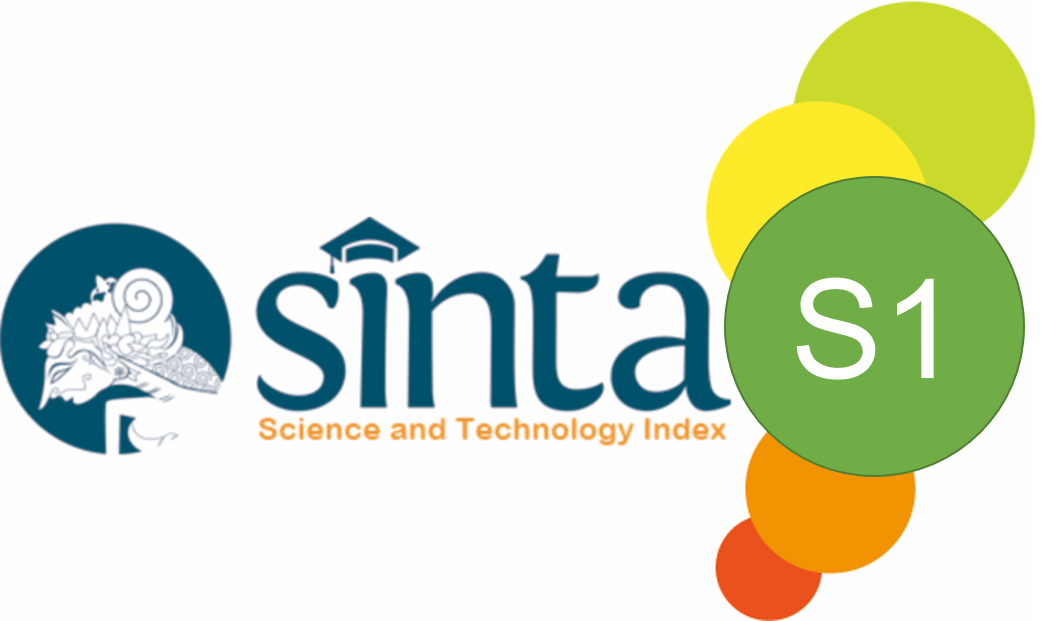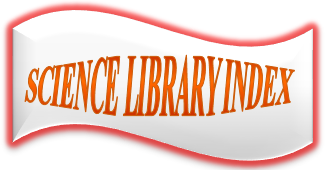The Effect of Seaweed Extract (Sargassum Sp) Used as Fertilizer on Plant Growth of Capsicum Annum (Chilli) and Lycopersicon Esculentum (Tomato)
Abstract
Seaweeds, mainly brown species, have long been used as soil fertilizers and have several advantageous effects of spraying their crude extracts on plant growth. Unlike chemical fertilizer, biofertilizers derived from seaweeds or other organisms are usually biodegradable, non-toxic, non-polluting and non-hazardous to humans, animals and birds which will benefit to agriculture sector. In this study, four different concentrations (0.50; 1.00; 2.50; and 5.00 mg/L) of four different solvents extract (hexane, dichloromethane, methanol and water) were used to determine the effect on in vitro seed germination of Capsicum annum and Lycopersicon esculentum. The results showed that concentration 2.50 mg/L can be classified as optimum concentration for seedling development of Lycopersicon esculentum and this study has proven that DCM is the effective extract solvent that result in promoting hypocotyl and root growth of tomato plant. For Capsicum annum, hexane extracts solvent of Sargassum sp. Was found to be more effective than other extracts in promoting seedlings development. Phytochemical screening of Sargassum sp. exhibited the presence of alkaloids and terpenoids as the dominant compenants in all extract.
Keywords
Full Text:
PDFReferences
Chowdhury, M. S. N., Hoque, F., Mehraj, H., & Uddin, A. J. (2015). Vegetative growth and yield performance of four chilli (Capsicum frutescens) cultivars. differences, 1(2), 3.
Chuah, A. M., Lee, Y. C., Yamaguchi, T., Takamura, H., Yin, L. J., & Matoba, T. (2008). Effect of cooking on the antioxidant properties of coloured peppers. Food Chemistry, 111(1), 20-28
Dorais, M., Ehret, D. L., & Papadopoulos, A. P. (2008). Tomato (Solanum lycopersicum) health components: from the seed to the consumer. Phytochemistry Reviews, 7(2), 231.
Hong, D. D., Hien, H. M., & Son, P. N. (2007). Seaweeds from Vietnam used for functional food, medicine and biofertilizer. Journal of Applied Phycology, 19(6), 817-826.
Jayasinghe, P. S., Pahalawattaarachchi, V., & Ranaweera, K. K. D. S. (2016). Effect of Seaweed Liquid Fertilizer on Plant Growth of Capsicum annum, 52(244), 723-734
Kumari, R., Kaur, I., & Bhatnagar, A. K. (2011). Effect of aqueous extract of Sargassum johnstonii Setchell & Gardner on growth, yield and quality of Lycopersicon esculentum Mill. Journal of Applied Phycology, 23(3), 623-633.
Lalopua et al. “Red Seaweed (Kappaphycus Alvarezii Doty) from Mollucas Island Water as Potential Flavonoid Resource of Natural Antioxidant.” Livestock Research for Rural Development 23 (2011): 1-4.
Martin, D. A. N., & Rahmat, A. (2017). Relationship of Soil Physicochemical Properties and Existence of Phytophthora sp. in Pineapple Plantations. Indonesian Journal of Science and Technology, 2(1), 81-86.
Meena, R. S., Ameta, O. P., & Meena, B. L. (2013). Population dynamics of sucking pests and their correlation with weather parameters in chilli, Capsicum annum L. crop. The Bioscan, 8(1), 177-180.
Sarojini Y, Lakshminarayana, K. and Seshagiri, R.P. “Variations in Distribution of Flavonoids in Some Seaweed of Visakhapatnam Coast of India.” Der Pharma Chemica 4 (2012):1481-84.
Siregar, A.F., Sabdono, A., and Pringgenies, D. “Potensi Antibakteria Ekstrak Rumput Laut Terhadap Bacteria Penyakit Kulit Pseudomonas aeruginosa, Staphylococcus epidermidis, dan Micrococcus luteus.” Journal of Marine Research 2 (2012):152-60.
Sangeetha, V., & Thevanathan, R. (2010). Biofertilizer potential of traditional and panchagavya amended with seaweed extract. The Journal of American Science, 6(2), 61-67.
Sivasankari, S., Venkatesalu, V., Anantharaj, M., & Chandrasekaran, M. (2006). Effect of seaweed extracts on the growth and biochemical constituents of Vigna sinensis. Bioresource Technology, 97(14), 1745-1751.
DOI: https://doi.org/10.17509/ijost.v3i2.12755
Refbacks
- There are currently no refbacks.
Copyright (c) 2018 Indonesian Journal of Science and Technology

This work is licensed under a Creative Commons Attribution-ShareAlike 4.0 International License.
Indonesian Journal of Science and Technology is published by UPI.
View My Stats




















